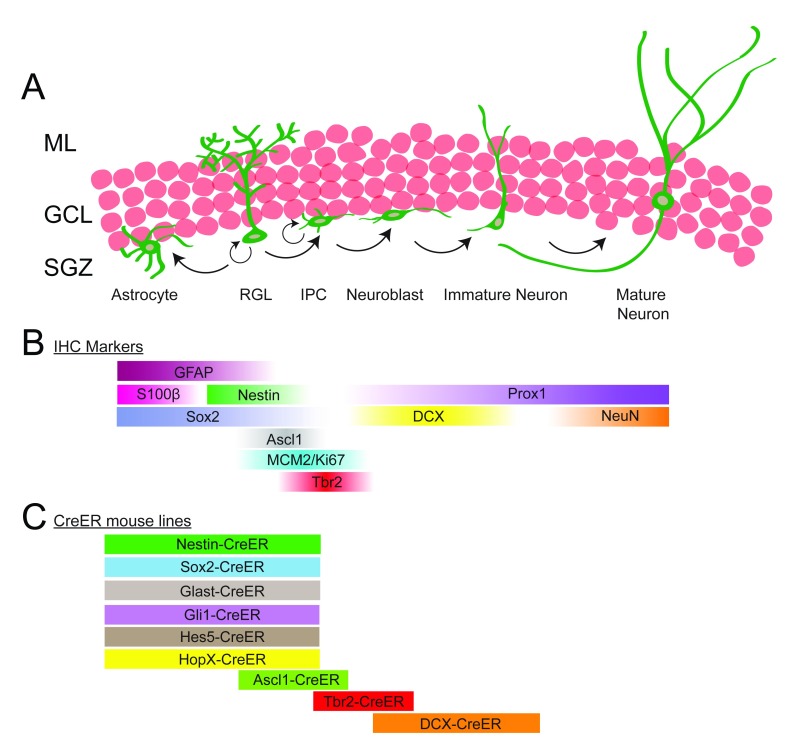Figure 1. Lineage progression of adult neurogenesis.
( A) Radial glia-like cells (RGLs), situated in the subgranular zone (SGZ) of the dentate gyrus (DG), have the potential to both self-renew and give rise to astrocytes and neurons. Each RGL has a bushy process that extends through the granule cell layer (GCL) and ends in the molecular layer (ML). In the process of generating neurons, RGLs divide to generate intermediate progenitor cells (IPCs), which are highly proliferative and lineage-restricted to the neuronal fate. IPCs progress through a series of steps and eventually differentiate into mature neurons which integrate into the existing neuronal networks. ( B) Immunohistochemical (IHC) markers that can be used to distinguish different stages of the lineage progression in adult neurogenesis in the DG. ( C) Many Cre-ER transgenic mouse lines have been used to label different cell types throughout the process of neurogenesis. Most of the Cre-ER lines that induce recombination in RGLs also label astrocytes but to varying degrees. Tbr2-CreER and doublecortin (DCX)-CreER lines label neural precursors with no contamination of astrocytes or neural stem cells, while the Ascl1-CreER line labels both RGLs and IPCs.

